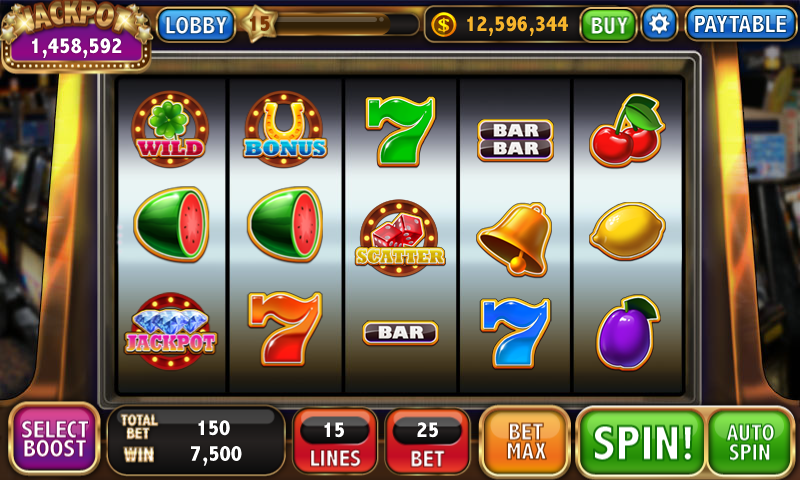Slot games have become a staple of both land-based and online zeus slot worldwide. From their simple origins to the sophisticated video slots we see today, these games offer an exciting blend of entertainment, excitement, and the chance to win big. Whether you’re a seasoned gambler or a casual player, understanding the basics of slot games can enhance your experience and increase your chances of winning. In this article, we’ll take you through the history, types, and features of slot games to help you navigate the colorful world of slots.
The Origins of Slot Games
The first slot machine, called the “Liberty Bell,” was invented by Charles Fey in 1895. The machine had just three reels and five symbols: hearts, diamonds, spades, horseshoes, and the Liberty Bell, which became the highest-paying symbol. The simple mechanics of the Liberty Bell machine were a hit, and it laid the groundwork for future slot machines.
In the 1960s, electromechanical machines were introduced, offering more complexity and features such as flashing lights and sounds. The real revolution in the world of slot machines came in the 1990s with the advent of video slots, powered by computer software. These machines replaced mechanical reels with virtual ones, allowing for more intricate gameplay, bonus rounds, and dynamic visuals.
With the rise of online casinos in the early 2000s, the reach of slot games expanded dramatically. Players could now spin the reels from the comfort of their homes, leading to the rapid popularity of online slots.
Types of Slot Games
Slot games come in a variety of types, each with unique features and gameplay mechanics. Understanding these different types can help you choose the one that best suits your preferences:
- Classic Slots
- These are the simplest form of slot games, often referred to as “fruit machines” due to their iconic fruit symbols like cherries, lemons, and watermelons. Classic slots typically feature three reels and a small number of paylines, making them perfect for beginners or those who enjoy nostalgic, straightforward gameplay.
- Video Slots
- Video slots are the modern evolution of traditional slot machines. They offer five reels, often come with a wide array of paylines (sometimes hundreds or even thousands), and feature vibrant graphics, engaging storylines, and complex bonus features. Popular examples include titles like Starburst, Gonzo’s Quest, and Book of Dead. These slots are known for their immersive experience and often include wilds, scatters, free spins, and other special symbols that can trigger bonus rounds.
- Progressive Slots
- Progressive slots are linked to a jackpot that grows over time. A small portion of each player’s bet is added to the jackpot, which can accumulate until someone wins. Progressive slots can offer life-changing payouts, but the odds of hitting the jackpot are generally much lower than in regular slots. Examples of popular progressive slots include Mega Moolah and Mega Fortune.
- 3D Slots
- 3D slots are a subset of video slots that use cutting-edge graphics to create a more immersive experience. With detailed animations and three-dimensional effects, these slots bring the reels to life. They often feature complex themes and multi-level bonus rounds, drawing players into a cinematic gaming experience.
- Bonus Feature Slots
- These slots are designed with a variety of interactive bonus features that offer extra chances to win. These features can include free spins, pick-and-win games, multipliers, and even mini-games. Bonus feature slots are beloved by players for the added excitement and potential for big payouts.
How Slot Games Work
At the core of every slot game is a Random Number Generator (RNG), which ensures the results of each spin are random and fair. The RNG generates a sequence of numbers that determine the outcome of every spin, including which symbols land on the reels. This guarantees that there is no predictable pattern to the outcome, making the games fair for all players.
